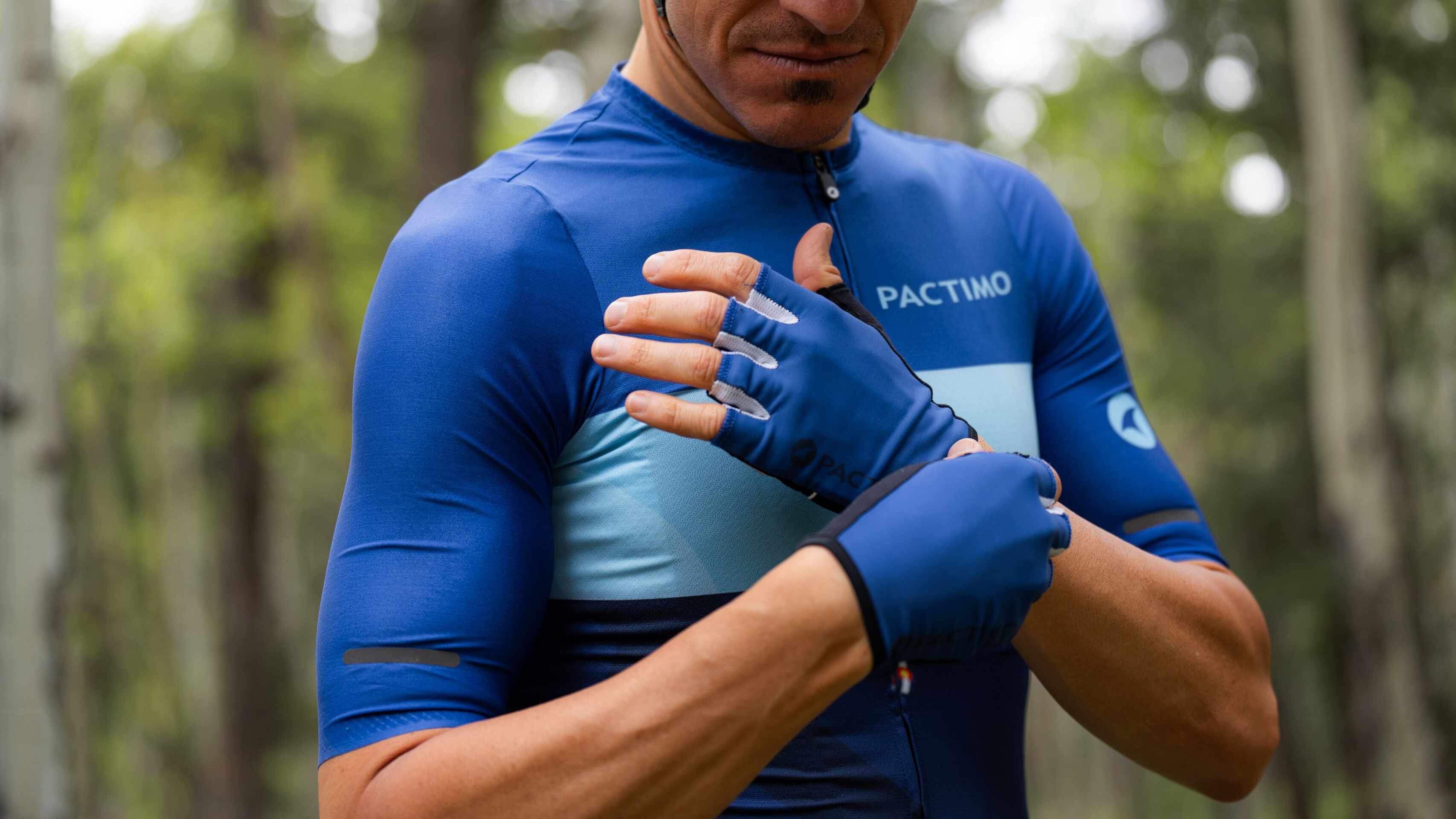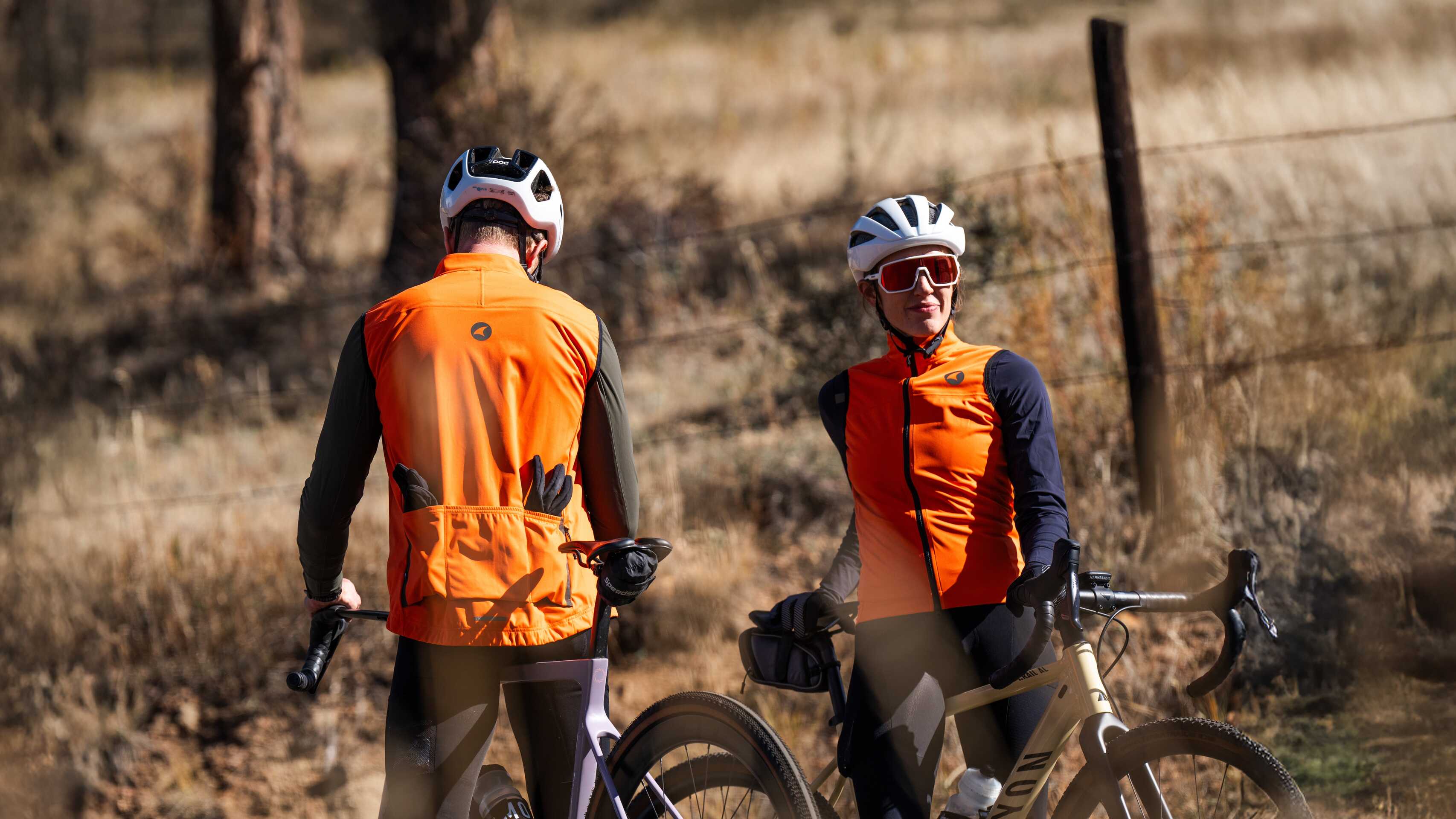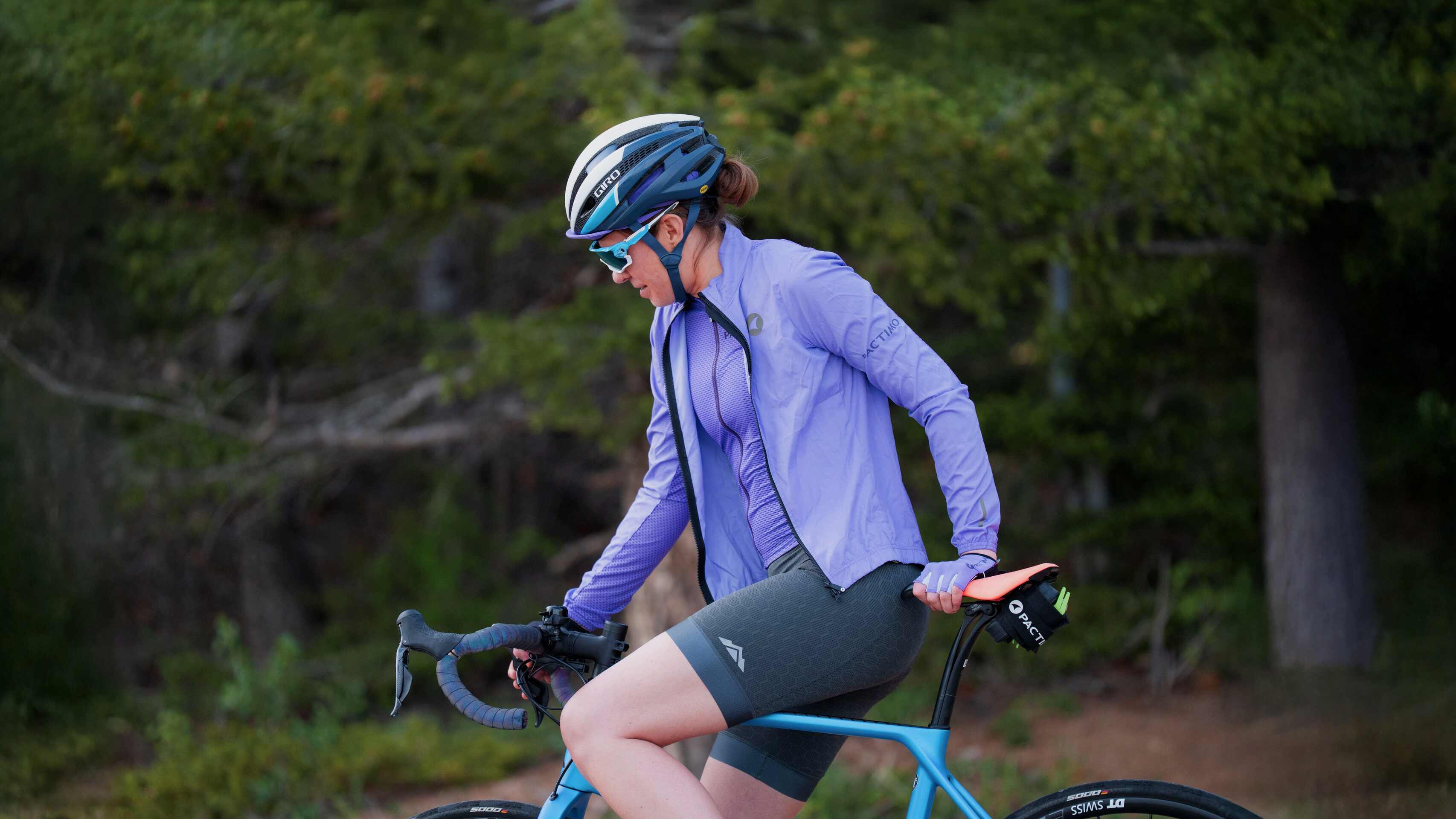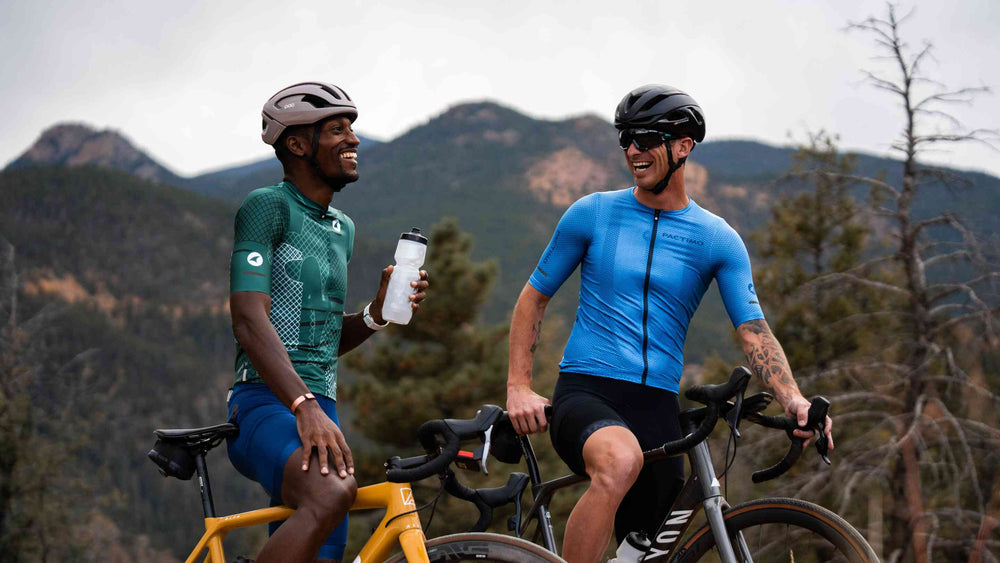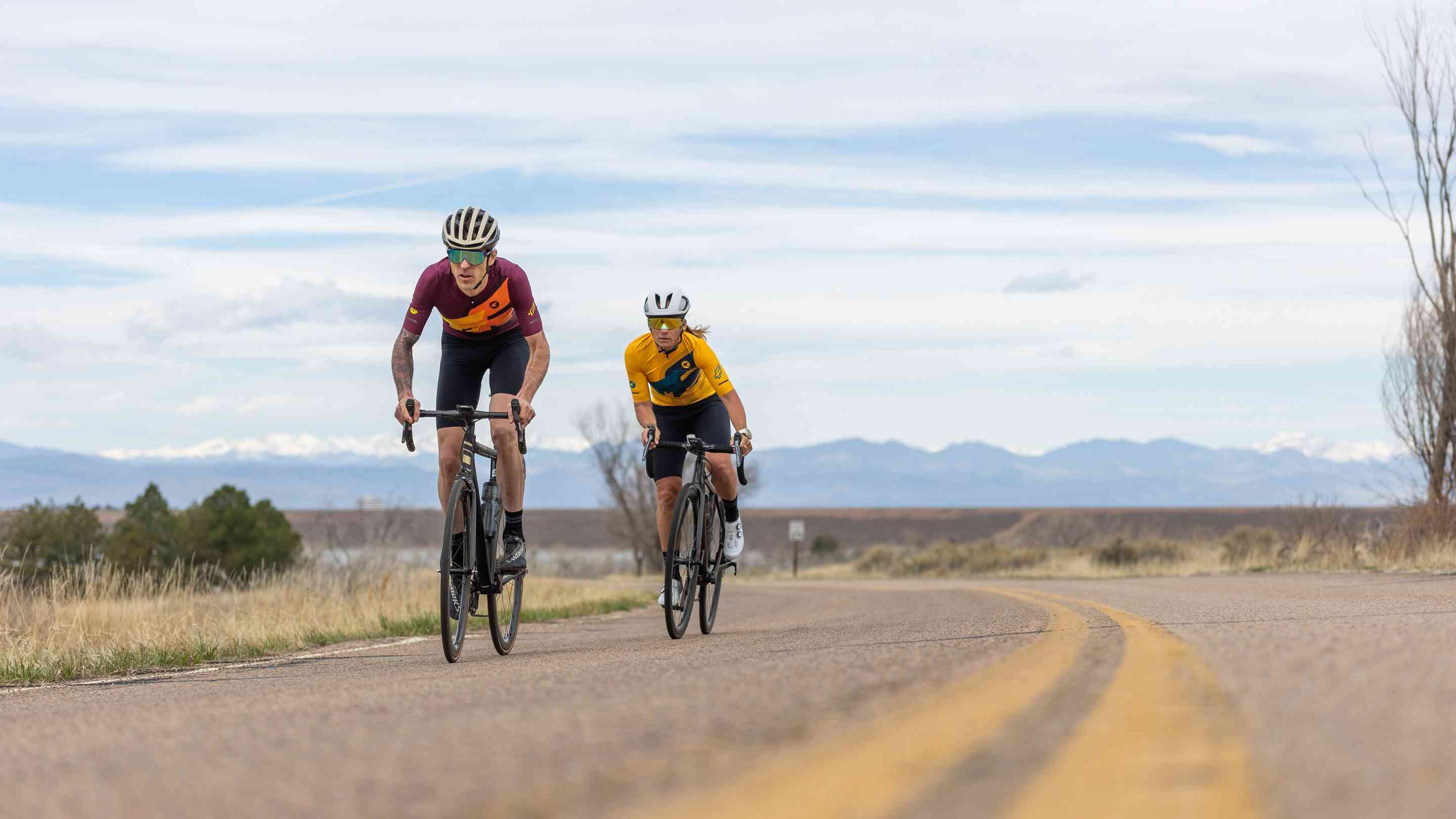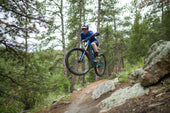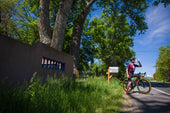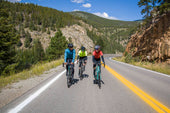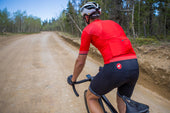One of the most confusing aspects of cycling is to understand what is an ideal cadence.
By Alison Powers
Riding a bike is different from other endurance sports. When we ride a bike, we have the ability to change gears and to choose a cadence to pedal with. However, one of the most confusing aspects of cycling is to understand what is ideal cadence.
Note: Higher cadences imply an easier gear, with less torque applied. In turn, a harder gear implies slower cadences with more torque applied.
For the most part, the higher the intensity and/or speed, the higher your cadence should be. The big reason for this higher cadence is that it stresses the aerobic component more. A higher cadence engages slow twitch (Type I) muscle fibers, which are the oxidative fibers, thus saving your powerful and fast twitch (Type II) muscle fibers for when you need them- sprinting, attacking, climbing, surging. Pedaling with a higher cadence also generates decreased muscle tension and blood vessel compression. This allows blood to flow to the muscles with O2 and carry waste products away easier.
However, a high cadence also puts more stress on your cardiovascular system, thus raising your heart rate- more so, if you are not trained to pedal with a high cadence. It’s important to understand that being able to pedal with a higher cadence needs to be learned and adapted over time. It can take the body months of training to learn to pedal effectively at a higher cadence.
One way to understand cadence and generating power is to think of pedaling like weight lifting. Let’s pretend you are given 1 minute to squat 2000 lbs. You are allowed to pick any weight to do so. If you choose 1000lb, you must do two repetitions in one minute. If you choose 20lbs, then you must do 100 repetitions. The weight you squat is equal to the gear on the bike and the squat reps are equal to cadence. The answer is somewhere in between 20 pounds and 1000 pounds and will be different for each person. If you choose too heavy of a gear (weight) it will result in excess muscle fatigue while choosing too easy of a gear (weight) may not get you to where you need to go.
There is no one cadence that is optimal all the time. Different situations will dictate different cadences. Wind, fatigue, climbing, descending, sprinting, etc., can alter what would be our optimal cadence.
When given the opportunity, changing your cadence slightly to engage different muscle fiber types is a good thing. For example, if you are climbing a long sustained hill and you have determined that riding up the hill at 80 rpms is most beneficial. However, standing and pushing a heavier gear at 70 rpms for a minute or so can be quite helpful in recruiting different muscles, using body weight to push down the pedals, slowing down your breathing, etc.
Each person must experiment and try to understand what cadence is best and at what times. Sometimes, just going with a free choosing approach will be best, other times, doing a specific cadence drill will benefit you more. Understanding how cadence works is the first step in helping you understand what cadence might be best for you and in what situations.
ABOUT THE AUTHOR
Alison Powers only recently retired from cycling, finishing her final season on the UnitedHealthcare Women’s Team. Her career has spanned a wide array of wins, including the 2013 USA Cycling Professional Criterium National Championship where she won in memorable fashion by soloing after an early breakaway that obliterated the pro women’s peloton. Other standout results during the 33-year-old’s 2013 season include the win at Redlands Bicycle Classic, second at the Tour of Elk Grove, third at the US National Road Championship and the US National Time Trial Championship, and stage wins at Cascade Classic, Tulsa Tough, Tour of the Gila and Redlands Bicycle Classic. Hailing from Fraser, Colorado, Powers has been racing bikes professionally for eight years and is a true athlete with her career beginning as a teenager in mountain bike racing. In her mid 20s, she added in alpine ski racing before switching over to the road. In addition to being the current Criterium National Champion, Powers has two other national championships (Time Trial, Team Pursuit) and 2 NRC titles (2009, 2013).


